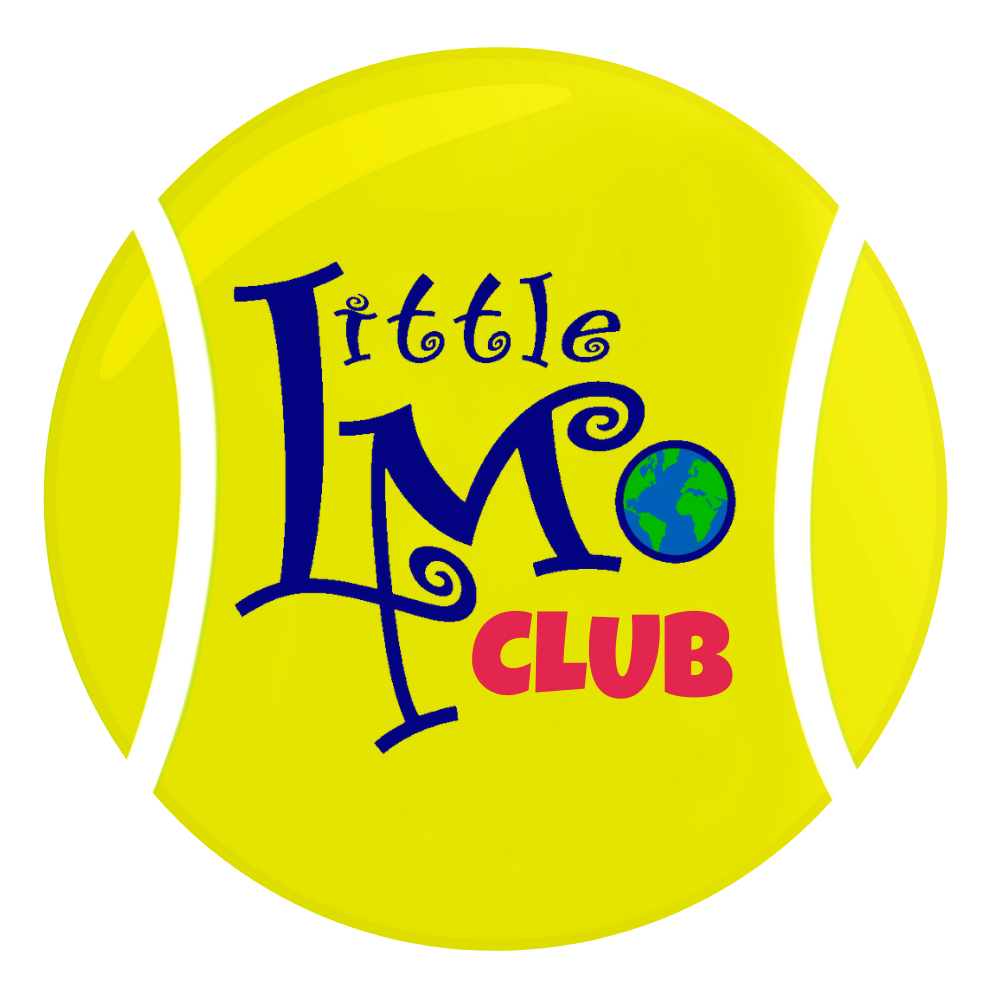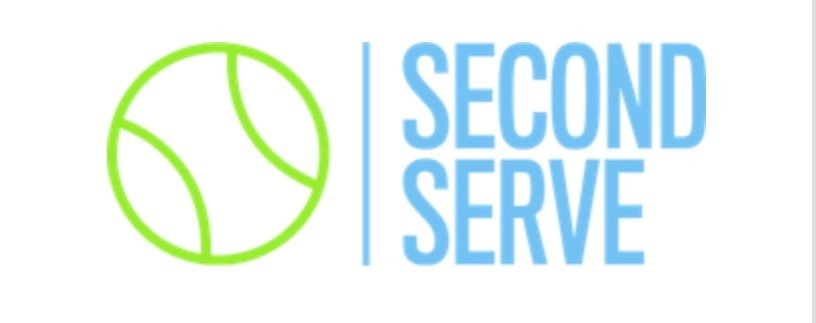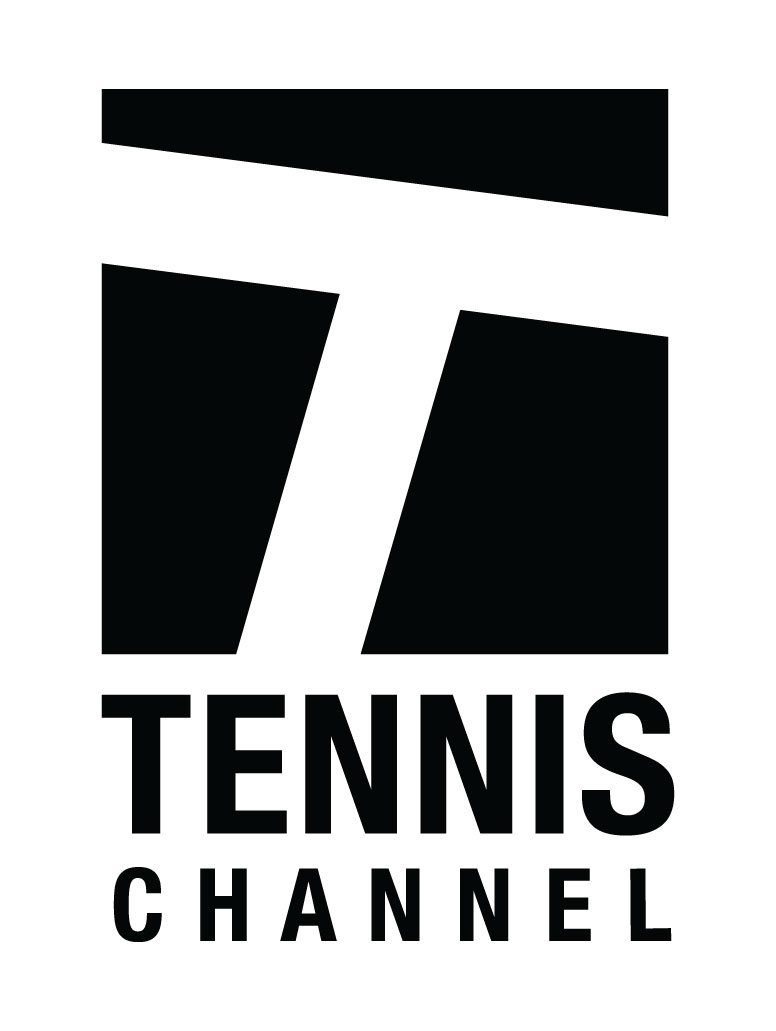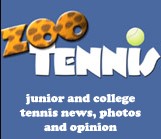A Look at the Inaugural USTA All-American Combine
I’ve posted 2 articles and devoted an episode of the ParentingAces podcast to USTA’s first college combine, so it’s only fitting that I do a follow-up piece on the event.
Players checked into the National Tennis Center at Lake Nona in Orlando on Wednesday, June 14th 4-7pm. Match play and fitness testing conducted by Mark Kovacs (click here for a video of Mark and Stephen Amritraj during the event) began the following morning at 8am. All play and fitness testing was finished on Friday by 1:30pm giving players and their families time to travel back home or stay and explore all the offerings in the Orlando area for the weekend.
USTA should be very pleased with the number and diversity of participants for its first combine. When I looked at the player list on the Match!Tennis App, I saw the 122 competitors ranged in UTR from 3 to 13, quite a large span of experience and expertise. Looking at the actual draws on the TennisLink page, it seems it was a challenge to provide competitive matches for many of the players, with several of the kids posting 6-0, 6-1, and 6-2 scores for the majority of the rounds in the main draw and more of the same in the consolation brackets.
To get the inside scoop on the combine since I couldn’t be there myself, I reached out to a junior coach who took several players to Orlando for the event as well as a parent who traveled there with her son (who, it turns out, won the boys draw). Interestingly, they had very different answers to my questions.
ParentingAces (PA): Why did you decide to travel to the Combine? What did you hope to get out of it?
Coach: When I saw the advertising for it, I contacted the event director to find out more details about it. I thought it might be a great chance for players to play in front of coaches and get a chance to talk with those coaches as well. Plus, we got to vacation in Orlando also.
Parent: We decided to travel to the Combine because my son was injured and out for over 2 years, and this was a quick way to get remembered and noticed by college coaches before regaining points and a ranking, etc.
PA: What is the most valuable thing you took away from the experience?
Coach: I really got nothing of value from the event other than seeing the USTA National Campus for the first time.
Parent: For us, the most valuable thing was touching base with college coaches and also getting another data point indicating that he is right up there with his peers again.
PA: How did the match play competition compare to other junior tourney experiences?
Coach: It was not good. The main draw played one 6 game no-ad set and the consolation played one 4 game no-ad set. I had 2 issues with the scoring format they used. 1. Playing a 4 game short set means that it will not count for UTR rating for the players. So only the players that stayed in the main draw will have their matches count for UTR. 2. Because they used a tournament format, the NCAA coaches were not allowed to talk with the players in the tournament about recruiting. So you put on an event that is advertised to bring players together with coaches and they can’t talk with each other about recruiting. Not thought through very well at all.
Parent: It was a little spottier in the beginning rounds because the UTRs ranged from around 6 to 13+.
PA: Did you have a chance to interact personally with college coaches? If so, what did you learn from those experiences?
Coach: I was able to learn that most college coaches were only there for the ITA college coaches workshop and not the combine. Some came to see a player or two that they had already been talking to, but for a majority of players at the combine, they still went unseen.
Parent: Yes, there was ample opportunity for that as the college coaches were easy to identify. I learned a bit about different programs and how players are supported and developed.
PA: Was there a parent education component? If so, what was the most valuable part and what would you like to see improved for next year?
Coach: There was nothing to educate the parents. They split the kids up into 3 groups that they rotated between the 1. fitness testing; 2. college info session; 3. how to talk one-on-one with a coach session. I will talk about fitness testing later. The college info session had the potential to be great, but they didn’t have any college coaches there. They brought in 2 of the USTA player development coaches to talk with the kids, one of which admitted that he did not go to college and didn’t really know anything about the process. They put a list of 10 things to do in recruiting on a TV monitor but gave no details on how to execute them and did not give a handout to the players with the list on it. They spent a majority of the time telling about and selling the USTA PTM Professional Tennis Management program to all the kids. The how to talk to a coach session was for players only and they wouldn’t let the parents into it.
Parent: No there was no parent education component. The event was just 1 1/2 days and was jam packed with 6 one set matches and fitness. I think the parents would have had a hard time not watching the tennis because it was exciting with all the sudden death points, etc.
PA: Anything else you’d like to share about your experience? Maybe the fitness testing component and its value?
Coach: The fitness testing was the only somewhat highlight of the event. I say somewhat because if they don’t send all the testing info to the players to use for recruiting purposes then it was a waste of time also. I will say the kids had a lot of fun doing the testing but I don’t think the organizers did a good job of telling the players how important it was to give 100% during the testing because a lot of players just coasted through it. But I understand why also, because they did the testing at the end of the day after the players had been playing tennis all day and most were exhausted.
I have to question the motives, other than money, for having the event. It cost each player $350 to play, they received a T shirt and a lunch voucher for the Net Post Grill on site. Of the 4 players that I had participate, 2 played one 6 game set & five 4 game sets, 1 played two 6 game sets & two 4 game sets, 1 played one 6 game set & three 4 game sets. And there was no award for winning the consolation draw.
In my opinion this event started off as potentially a great idea to bring players and coaches together, but the details were not thought through well at all. I grade the event an F and will not recommend this to my players in the future, unless major changes are made.
Parent: It was great!! It was the first time we saw the USTA national campus and it is beyond expectations! The fitness testing results will be emailed to participants in a week or so and will be helpful to identify strengths and weaknesses to work on.
I followed up with the parent once I learned her son had won the event. As the winner, he received a Wild Card into an upcoming USTA Pro Circuit tournament. I asked what it means to her son to win the combine and if he will approach the pro circuit event any differently than other tournaments he’s played? She responded, “In general this win is meaningful because it gets the attention of college coaches by letting his racket do the talking! It also shows them RJ is good at the fast-paced college format. Personally it is another great data point for RJ showing that although he was out of tennis for over 2 years, he is right up there with his peers and then some… He is psyched about getting a Futures wildcard too! He won’t approach it any differently from any other tournament though because he works hard any time he steps out on the court and gives 100% in any matches or tournaments he plays regardless of what it is or it’s perceived importance.” For those interested in watching the Combine Finals, you can do so below.
It sounds like there were many positive aspects of the USTA’s first combine and many areas in which they can improve moving forward. From my perspective, adding a parent education piece is critical to the future success of these events. I love the fitness testing component and look forward to hearing from those of you who were there how you’re using the information gleaned from the report.
Congratulations to RJ Fresen (age 16) and Anika Yarlagadda (age 15) for winning the event and earning the Wild Card! A big thank you to photographer Bill Kallenberg of Captured in Action and Kathleen Horvath for the photos in the slideshow. For more information on the combine, click here to read USTA’s article. If any of you were at the Combine and would like to share your experience, please do so in the Comments.
[metaslider id=12061]












